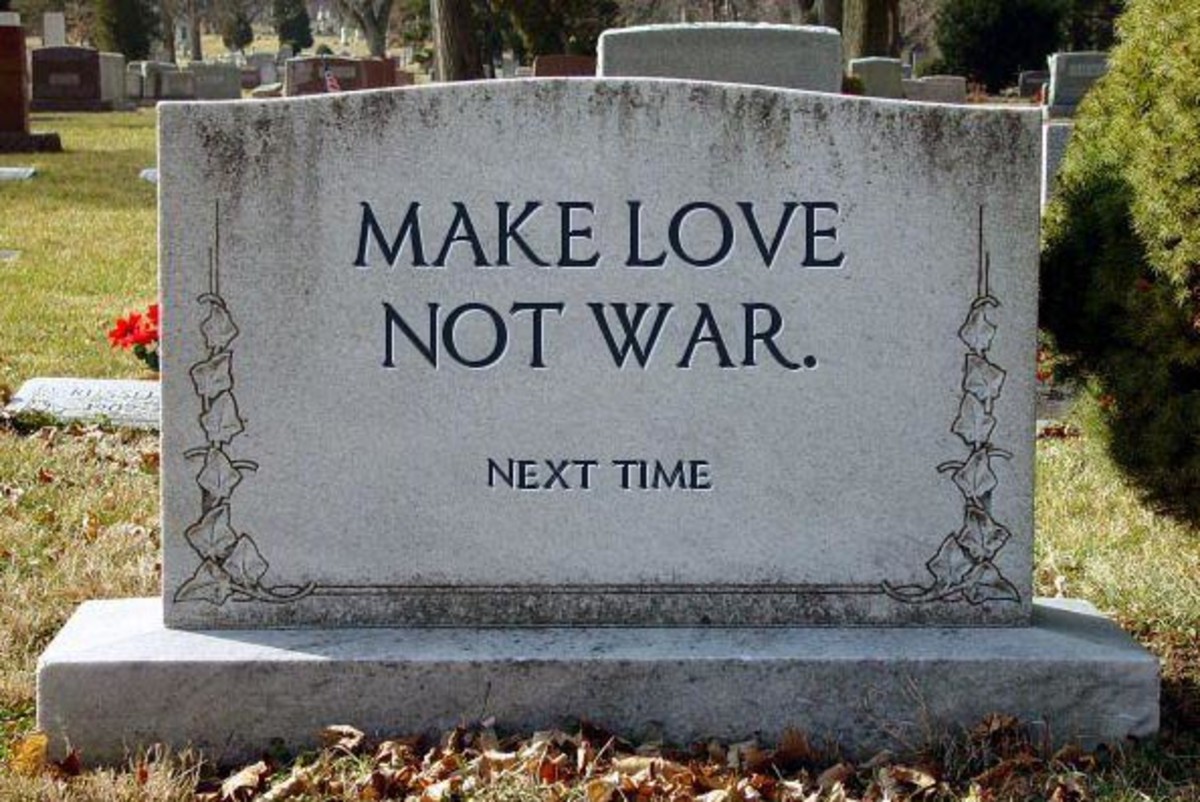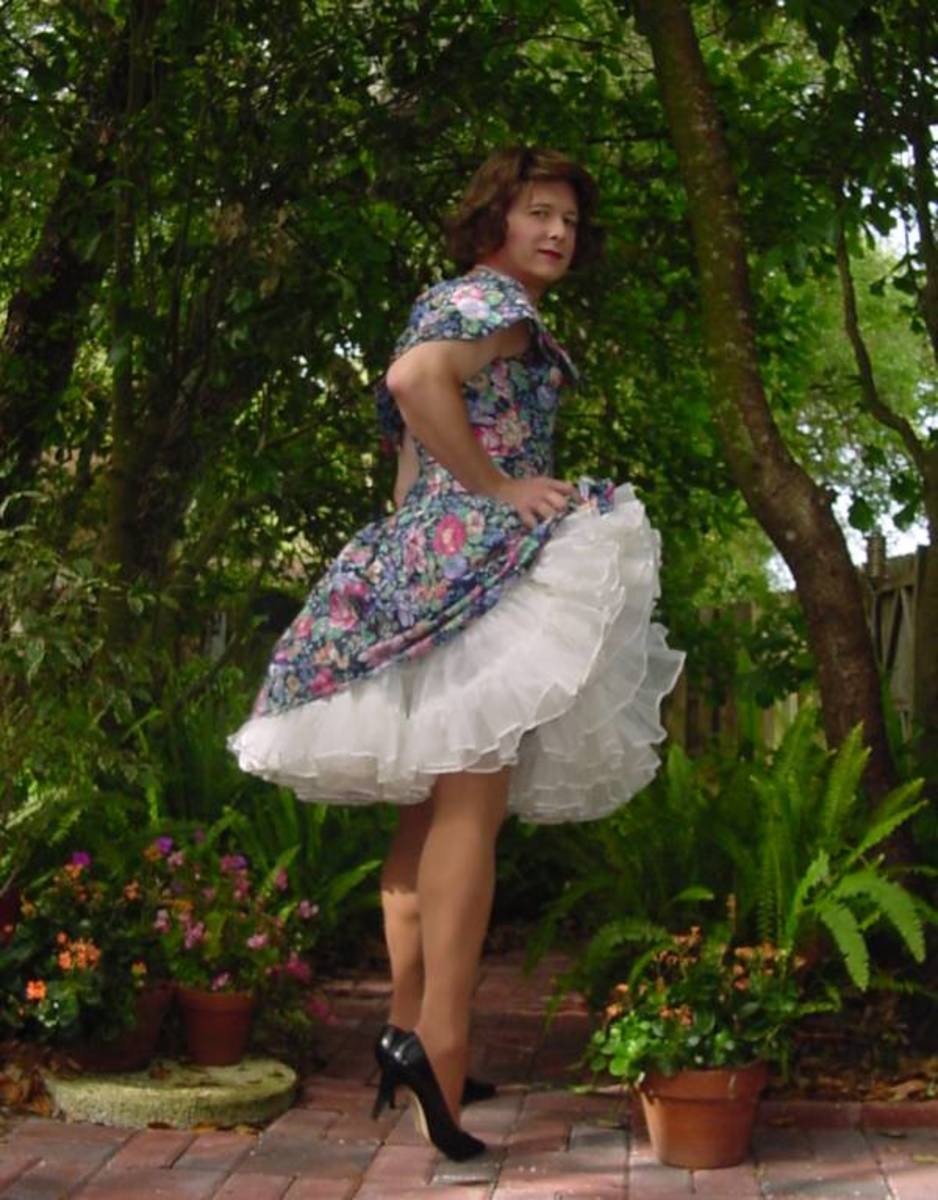Photo Series-Graffiti
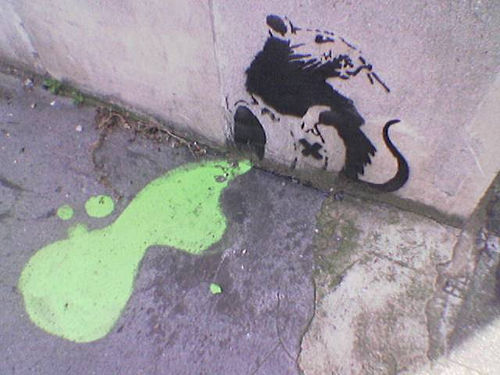
People have been doing graffiti probably since the beginning of time and over the years this form of street has become more elaborate and often really good, sometimes they even resembling true works of art.
Bringing a graffiti work to life with photography is nothing more than using models to recreate what is shown on a piece of graffiti. A UK based photographer, Nick Stern, has been doing this technique for a while and appears to be the leading force behind the style.
"Graffiti (singular: graffito; the plural is used as a mass noun Also known as Graff) is writing or drawings scribbled, scratched, or sprayed illicitly on a wall or other surface in a public place. Stickers and other adhesives are not considered graffiti. Graffiti ranges from simple written words to elaborate wall paintings, and has existed since ancient times, with examples dating back to Ancient Greece and the Roman Empire.
In modern times, paint, particularly spray paint and marker pens have become the most commonly used graffiti materials. In most countries, marking or painting property without the property owner's consent is considered defacement and vandalism, which is a punishable crime. Graffiti may also express underlying social and political messages and a whole genre of artistic expression is based upon spray paint graffiti styles." Wikipedia
The style depends a lot on the willing or unwilling aid of graffiti artists and often on luck. Since graffiti is considered illegal and a nuisance by most, these artists do their work mostly at night and away from prying eyes. Your job is to locate samples suitable enough upon which you can build a photography project around.
If the art is very elaborate, surreal or lacks artistic qualities then it probably won't be suitable for a photography shoot. Seek samples that are easy for you to recreate and better if you get a graffiti artist to do it for you.
Once you locate a suitable work, then start thinking how it is that you will bring it to life. Plan accordingly and be as true to the graffiti as you can and try to simulate it very closely down to the last details.
Paying attention to the graffiti art itself, the colors used, the message behind it, if any, the location where it was made and so on, can provide you with valuable help in designing and planning your photo shoot.
Graffiti may be illegal but photography is not, so once you decide on what sample to simulate then do so at ease since no one can tell you otherwise, unless off course you are on private property or your work is too much of a distraction and can lead to an unsafe situation such as shooting a scene on top of a road overpass. Besides these two scenarios pretty much everything else is open.
Keep in mind that if you are intent on doing your on a piece of graffiti that happens to be on a household wall or that of a commercial entity, you should at least ask permission before doing your photography. A house wall that faces the street is considered OK but the parking lot of a store may not be.
Very important is to not only get permission to conduct your work, but if you also decide on doing your own graffiti art you should use water washable paint and wash out the graffiti once you are finished, unless the owner of the property authorizes you to make it permanent.
However it is much easier just to simply take a sample photo of the graffiti that will serve as your guide and recreate the scene somewhere else where you have control. The backdrop or surface like on a wall or mural where the street art was made does not have to be matched exactly in your photographs. If you can then great but don't lose sleep over it.
Your focus should be on faithfully mimicking the art work not where it was done. In other words the work is important the canvas is not.
Aim to capture images that show a real person appearing to interact with the graffiti or to capture elements that appear to come out of the graffiti; "that extend out of the art".
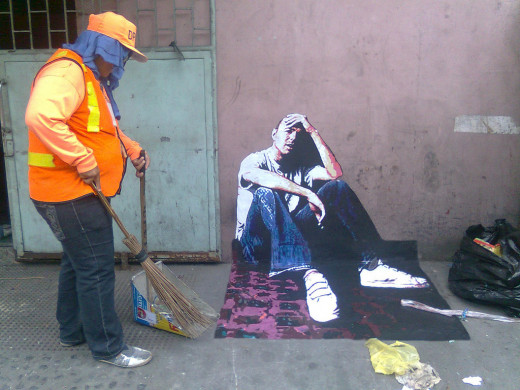
- Top Urban Art Photographers • Urban Art Core
Photographers are the preservers of street art and graffiti, documenting creation processes and final artworks. Here are the top urban art photographers!Photographing Graffiti Action To protect graffiti and street artworks from weather, so-called str
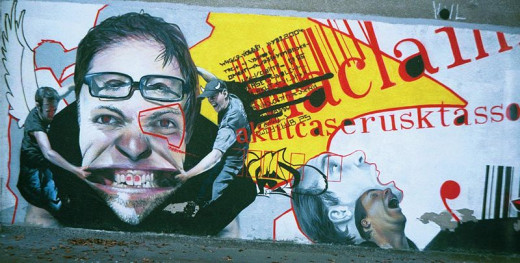
What did you think?
© 2013 Luis E Gonzalez



